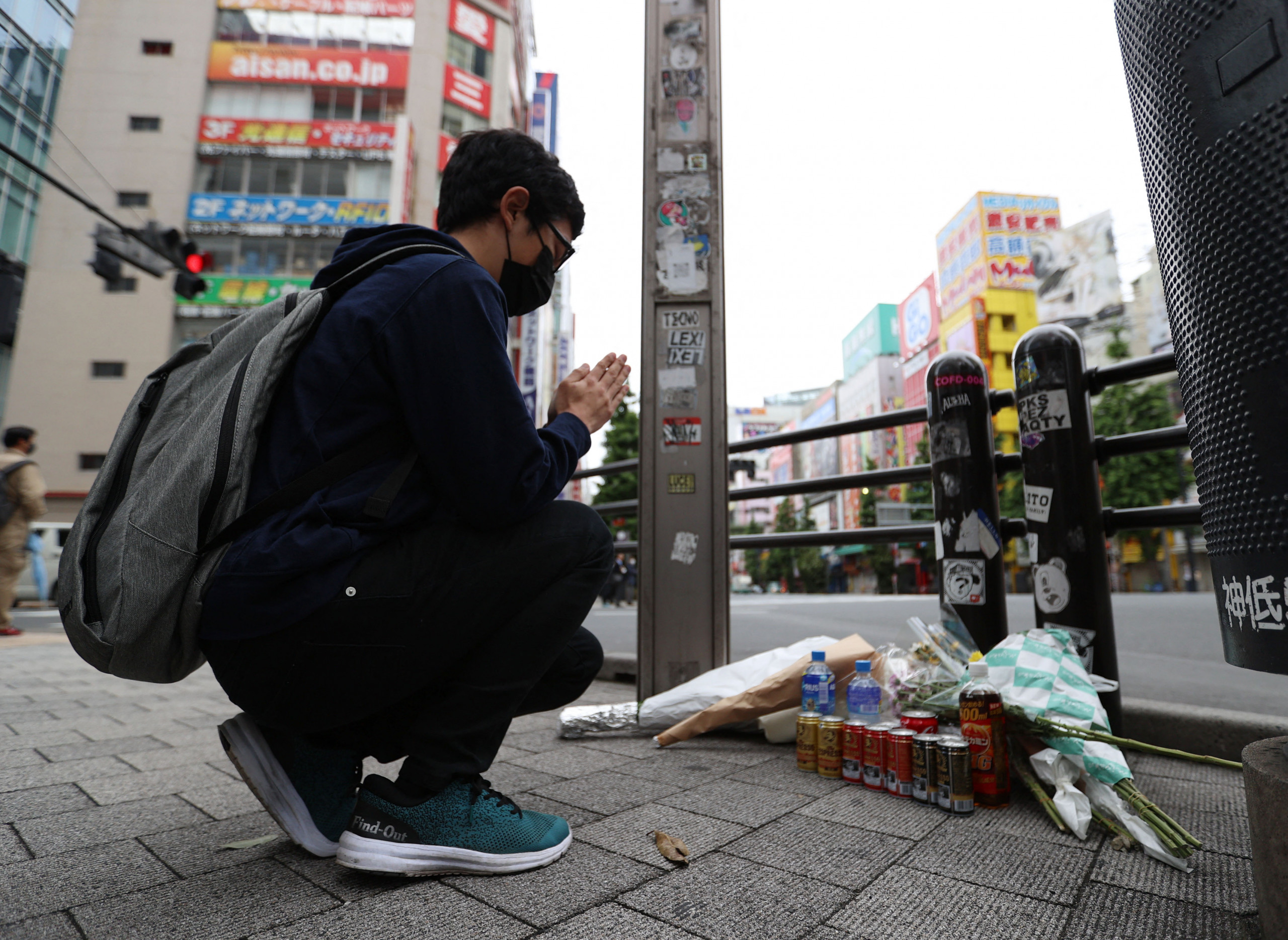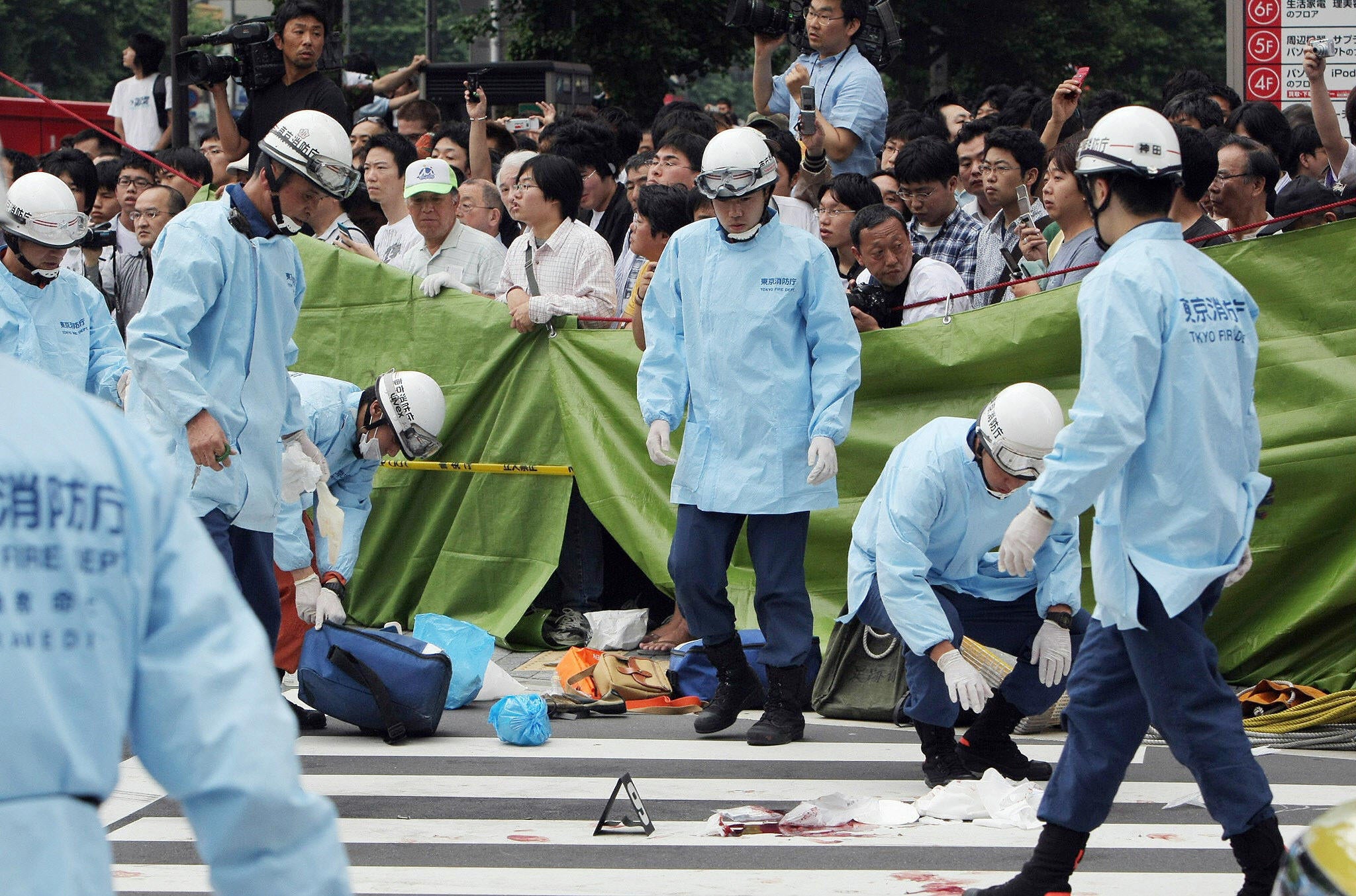Tomohiro Kato: A Complex Portrait of Mass Violence
Thesis Statement
Tomohiro Kato's motivations and actions in the 2019 Kawasaki knife attack present a multifaceted and perplexing case, intertwining mental health, social isolation, and a societal undercurrent of violence. This essay critically examines the complexities of his case, exploring the intricate factors that contributed to his rampage.
Antecedents of Violence
The Kawasaki Attack
Perspectives and Analyses
Critical Examination
While the various perspectives offer valuable insights, a critical examination reveals some shortcomings.
Broader Implications
Kato's case highlights several important implications for society:
Conclusion
Tomohiro Kato's knife attack was a tragic event that exposed deep-seated issues within Japanese society. His complex motivations and actions stem from a confluence of mental health challenges, social isolation, and societal factors that have led to a rise in youth violence. By critically examining his case, we can gain insights into the complexities of mass violence and take steps to prevent similar tragedies in the future.
Society has a responsibility to provide support systems for those struggling with mental health issues, foster inclusive communities, and counter extremist content online. Only through collective action can we address the root causes of violence and create a more just and equitable society where everyone feels valued and connected.
The Secrets Behind Haruka Ayase's Success In Entertainment
Elton John: The Rocket Man Who Took The World By Storm



